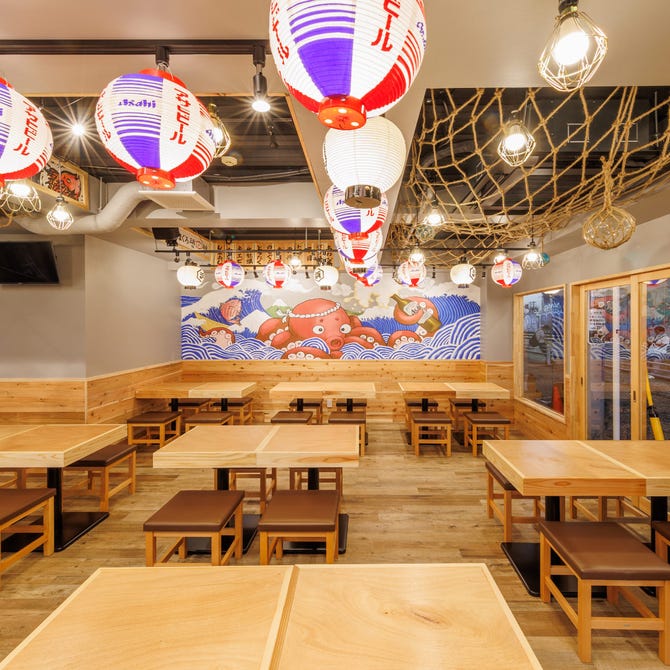Recommended sushi restaurants in Kanagawa, Japan
-

Yokohama Fishing Port
Sushi restaurant in Kanagawa [SUSHILIVE comment] -


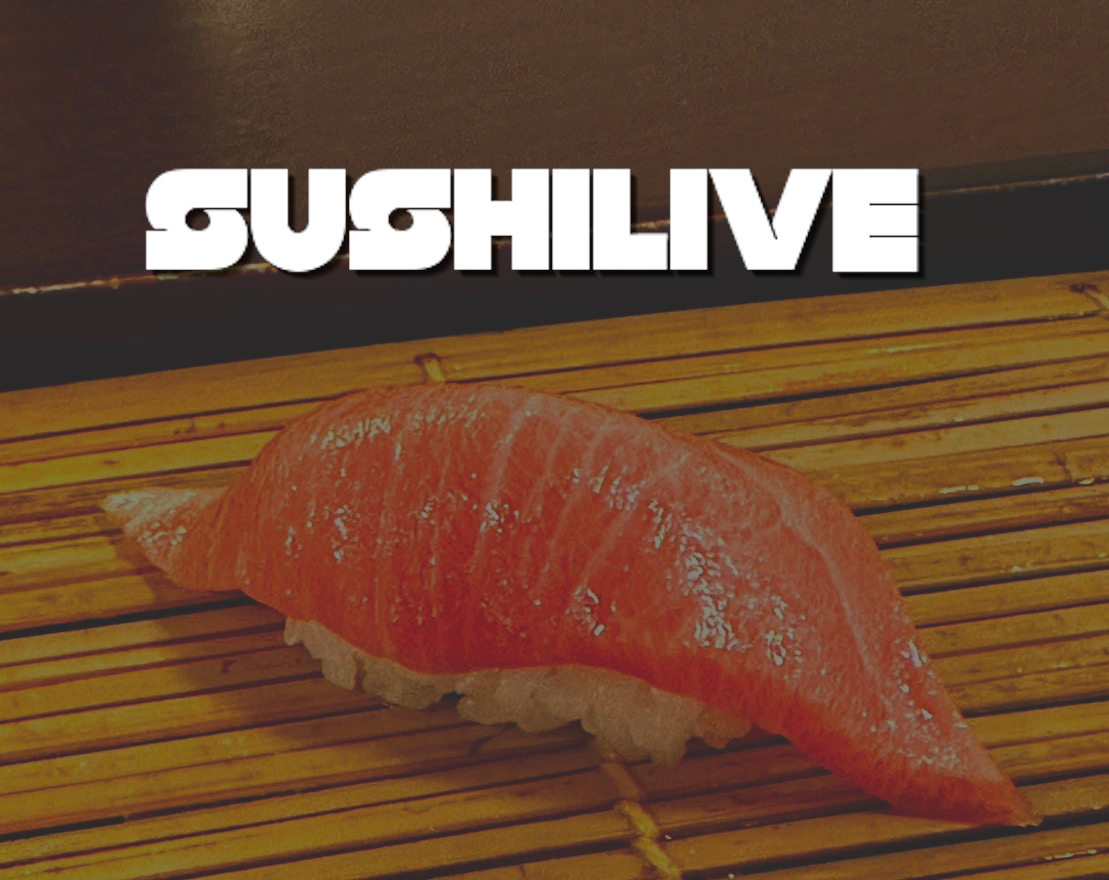
Sushi and Sake Uoshin
Sushi restaurant in Kanagawa [SUSHILIVE comment] -



Edomae Bikkuri Sushi Center Kita Branch
Sushi restaurant in Kanagawa [SUSHILIVE comment] -



Bashamichi Sushi Keishin
Sushi restaurant in Kanagawa [SUSHILIVE comment] -



Sushi Abe
Sushi restaurant in Kanagawa [SUSHILIVE comment] -



Sushi Watase
Sushi restaurant in Kanagawa [SUSHILIVE comment] -



Sushi Sea
Sushi restaurant in Kanagawa [SUSHILIVE comment] -



Taste and Harmony of the North Puroyo
Sushi restaurant in Kanagawa [SUSHILIVE comment] -



Meat Tofu and Lemon Sour Popular Shokudo Yasube Center-Minami
Sushi restaurant in Kanagawa [SUSHILIVE comment] -



Amimoto Sakanaya Dojo Tsurumi Branch
Sushi restaurant in Kanagawa [SUSHILIVE comment] -



Amimoto Uosen Suisan Shin-Yokohama Store
Sushi restaurant in Kanagawa [SUSHILIVE comment] -



Sushi Dining Seinoji
Sushi restaurant in Kanagawa [SUSHILIVE comment] -



Kitahama Yokohama
Sushi restaurant in Kanagawa [SUSHILIVE comment] -



Noge no Onika
Sushi restaurant in Kanagawa [SUSHILIVE comment] -



Sushi Mitsuya
Sushi restaurant in Kanagawa [SUSHILIVE comment] -



Japanese Cuisine and Wagyu Beef and Horse Meat Sushi Fully Private Room Hinokoyama Shin-Yokohama Main Store
Sushi restaurant in Kanagawa [SUSHILIVE comment] -



Fish Market Nigiri Hamamichiru Yokohama Bay Quarter
Sushi restaurant in Kanagawa [SUSHILIVE comment] -



Tenjushi Yokohama
Sushi restaurant in Kanagawa [SUSHILIVE comment] -



Public bar "Motenashiya
Sushi restaurant in Kanagawa [SUSHILIVE comment] -



Sushi Matsumoto Yokohama
Sushi restaurant in Kanagawa [SUSHILIVE comment] -



Yokohama Sushi Fuju
Sushi restaurant in Kanagawa [SUSHILIVE comment] -



Yokohama Meat Sushi
Sushi restaurant in Kanagawa [SUSHILIVE comment] -



Cuisine Shin
Sushi restaurant in Kanagawa [SUSHILIVE comment] -



sushi-no
Sushi restaurant in Kanagawa [SUSHILIVE comment] -



Sei Hamayokocho
Sushi restaurant in Kanagawa [SUSHILIVE comment] -



Tokyo Shinbashi Daruma Bar, Sakuragicho
Sushi restaurant in Kanagawa [SUSHILIVE comment] -



Private Room Izakaya Momiji-Saki Shin-Yokohama
Sushi restaurant in Kanagawa [SUSHILIVE comment] -



Sharaku Yokohama Kannai Branch
Sushi restaurant in Kanagawa [SUSHILIVE comment] -



Sushi Kappou Gontaro
Sushi restaurant in Kanagawa [SUSHILIVE comment] -



Sushi Kappou Koma
Sushi restaurant in Kanagawa [SUSHILIVE comment]
Recommended conveyor belt sushi restaurants in Kanagawa, Japan
-


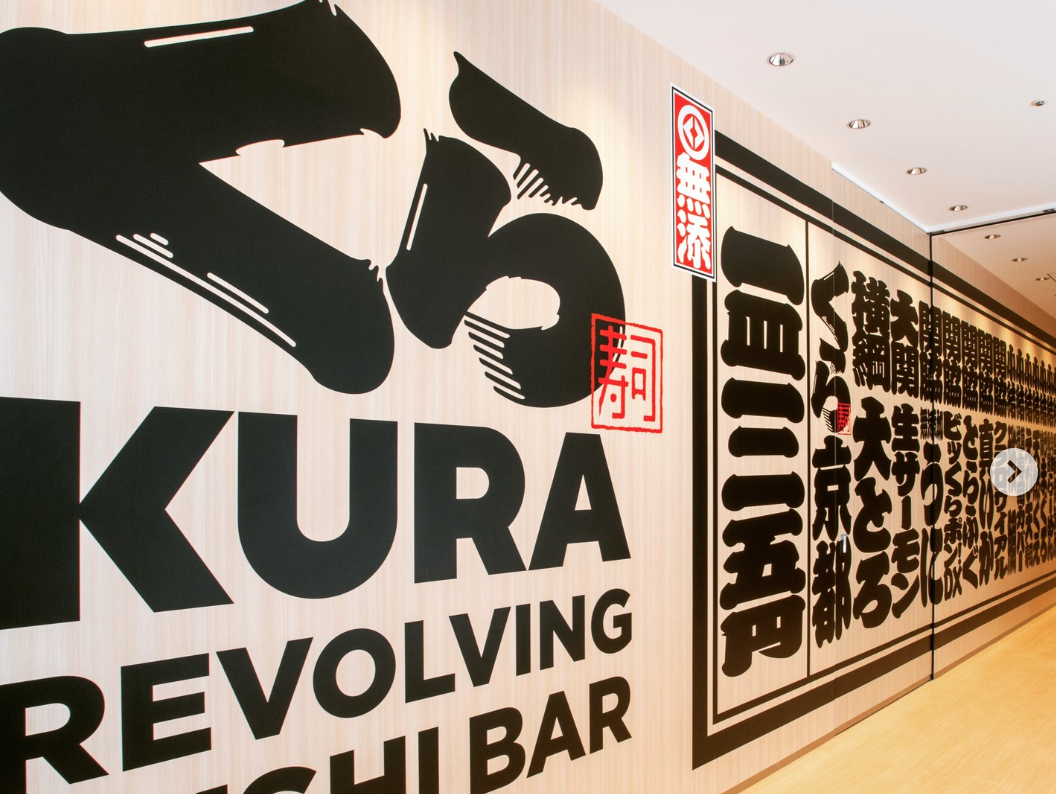
Kura Sushi Ayase Store
Sushi restaurant in Kanagawa [SUSHILIVE comment] -


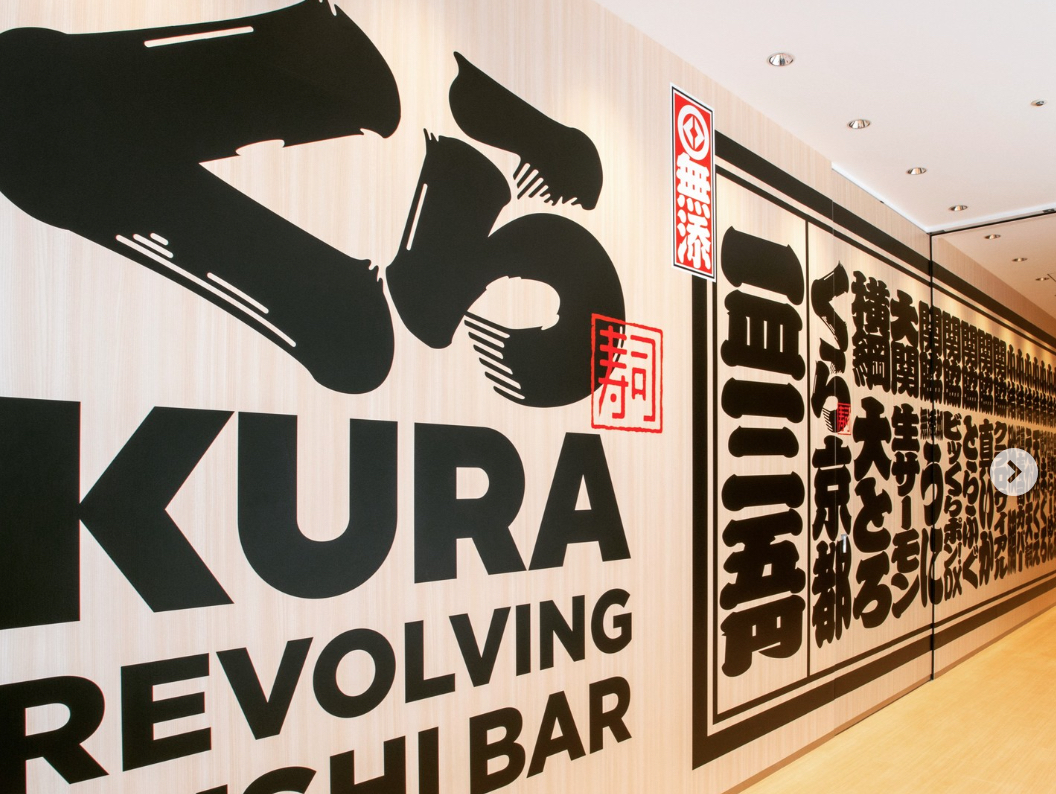
Kura Sushi Yokosuka Store
Sushi restaurant in Kanagawa [SUSHILIVE comment] -


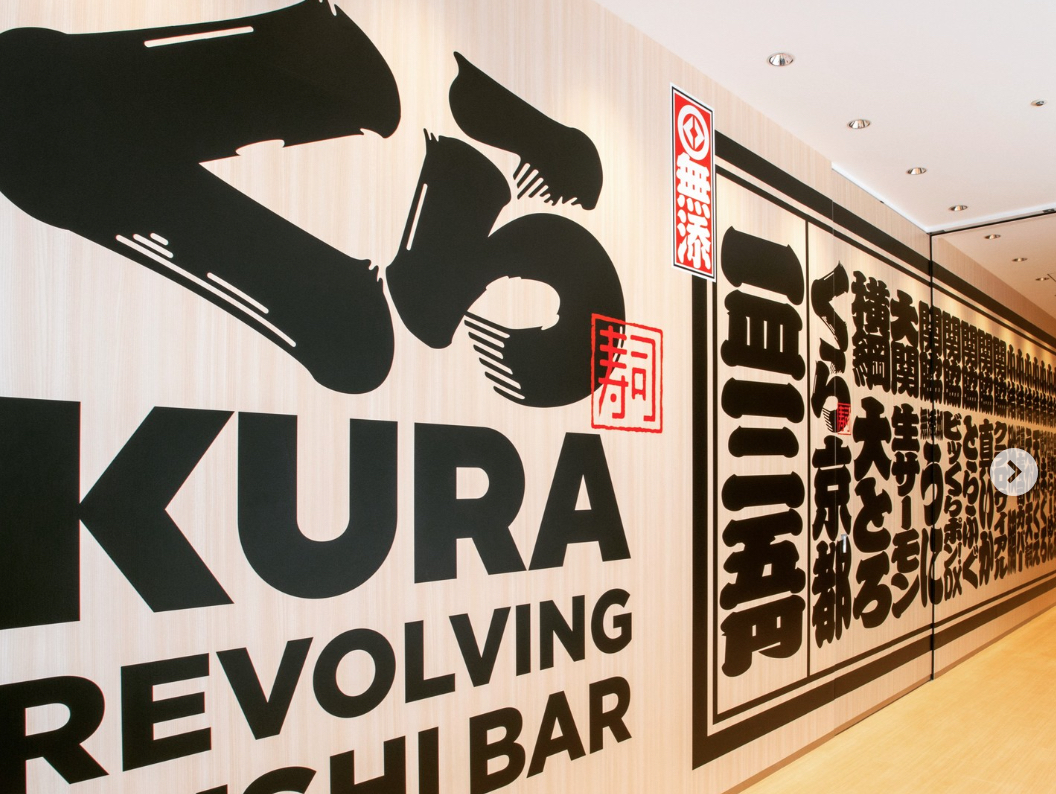
Kura Sushi Yokohama Isogo Store
Sushi restaurant in Kanagawa [SUSHILIVE comment] -


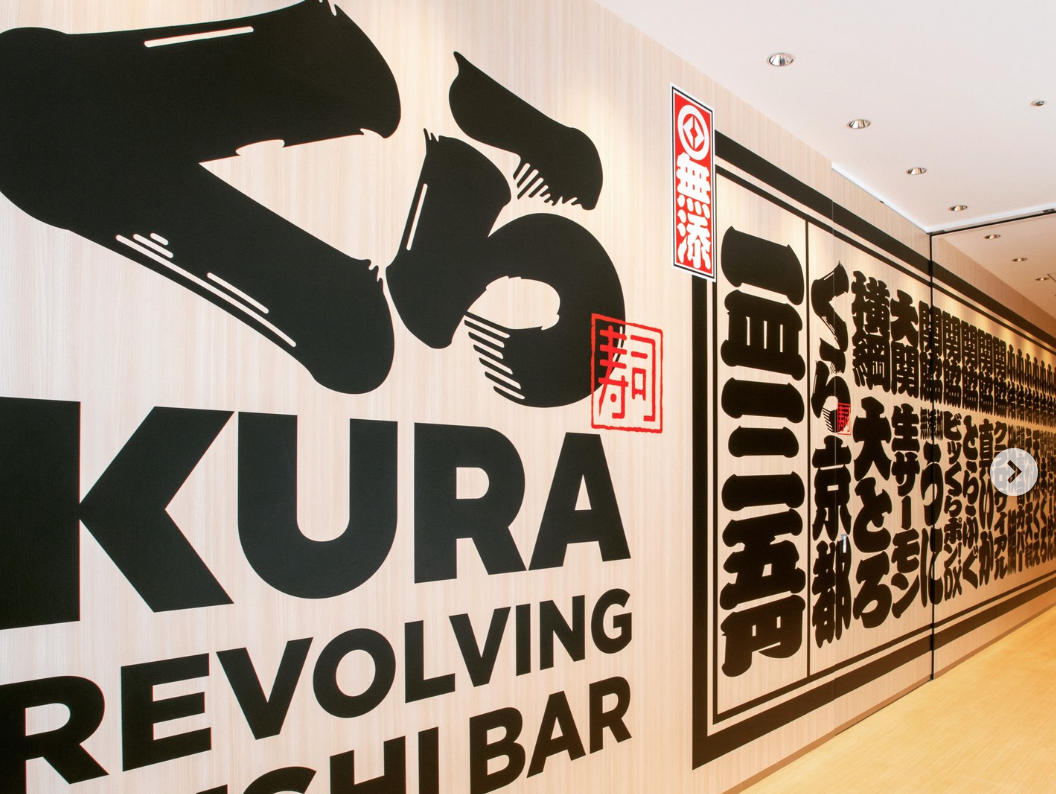
Kura Sushi Konan Terrace Store
Sushi restaurant in Kanagawa [SUSHILIVE comment] -


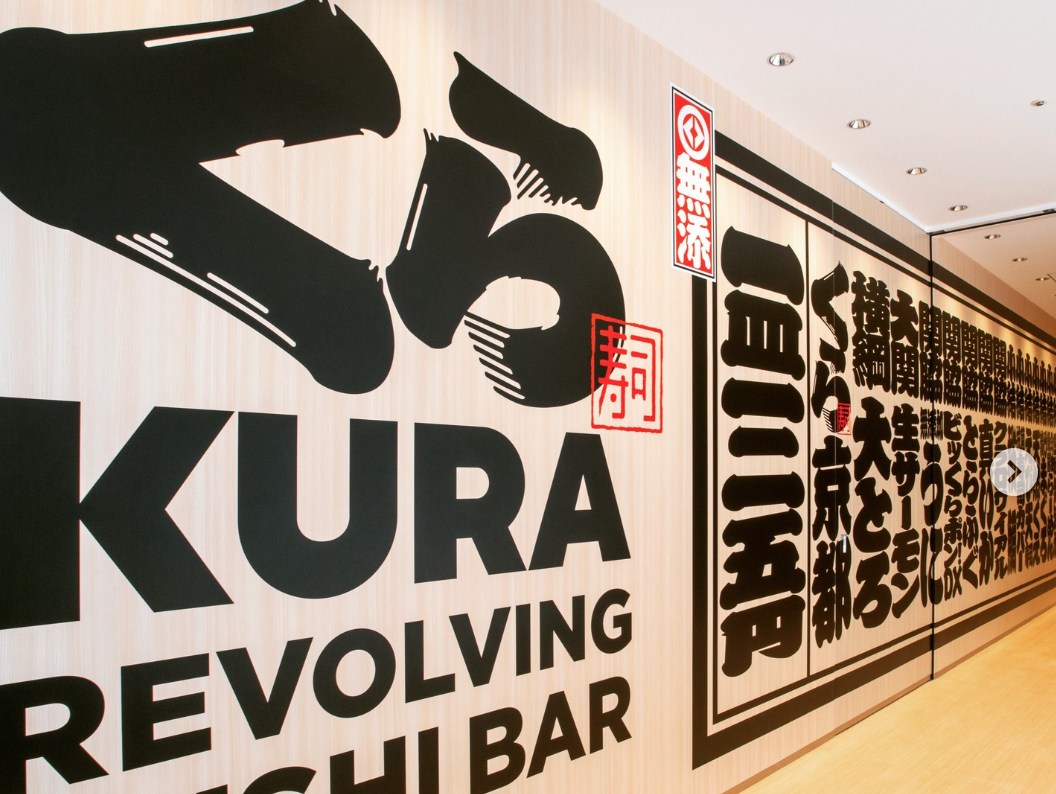
Kura Sushi Tama Plaza Ekimae Branch
Sushi restaurant in Kanagawa [SUSHILIVE comment] -


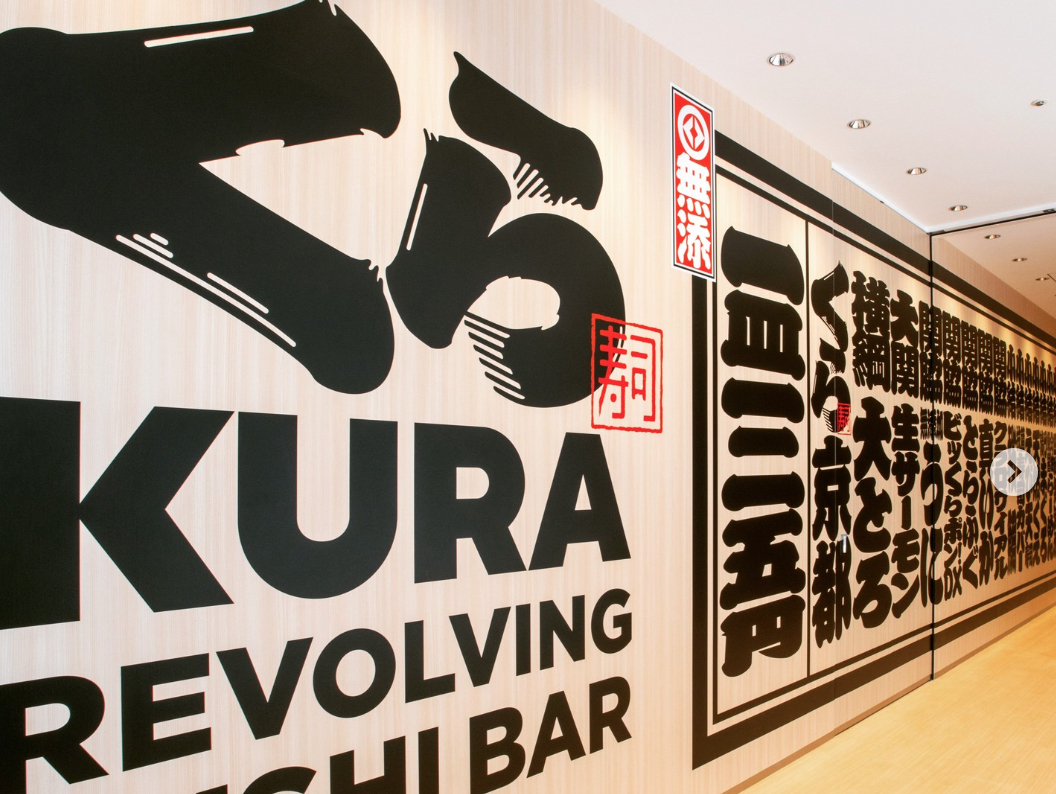
Kura Sushi Yokohama Izumi Store
Sushi restaurant in Kanagawa [SUSHILIVE comment] -


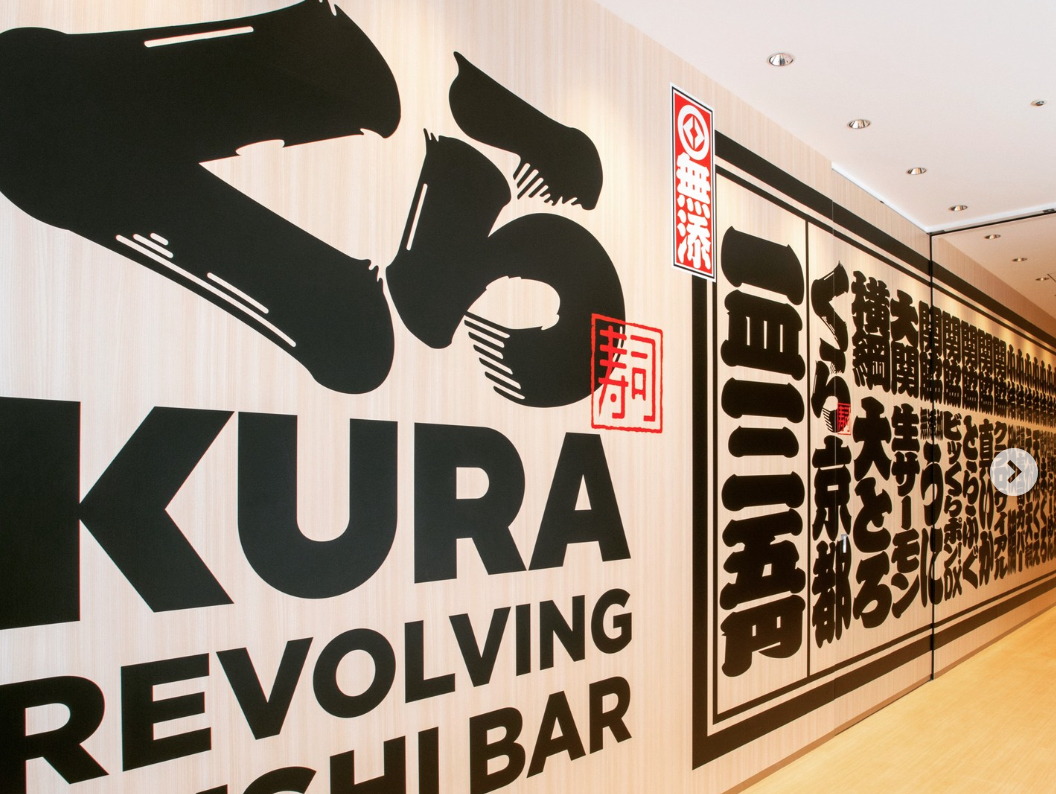
Kura Sushi Tsurumi Komaoka Store
Sushi restaurant in Kanagawa [SUSHILIVE comment] -


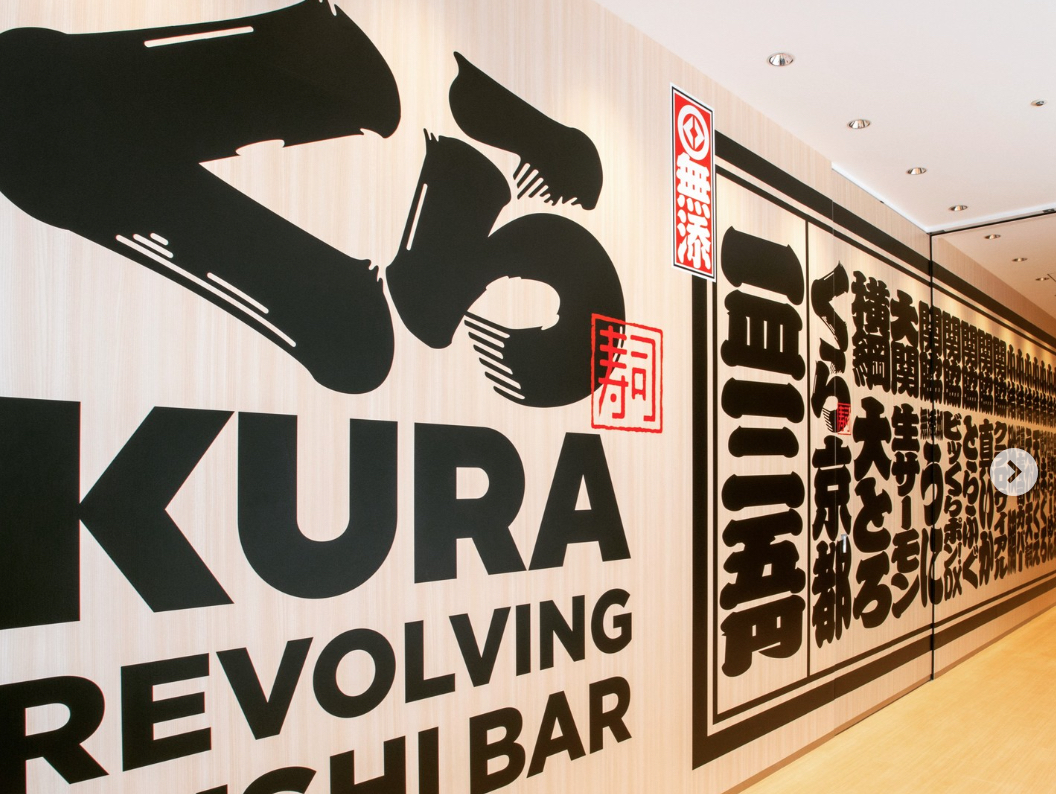
Kura Sushi Kohoku Minamo Store
Sushi restaurant in Kanagawa [SUSHILIVE comment] -


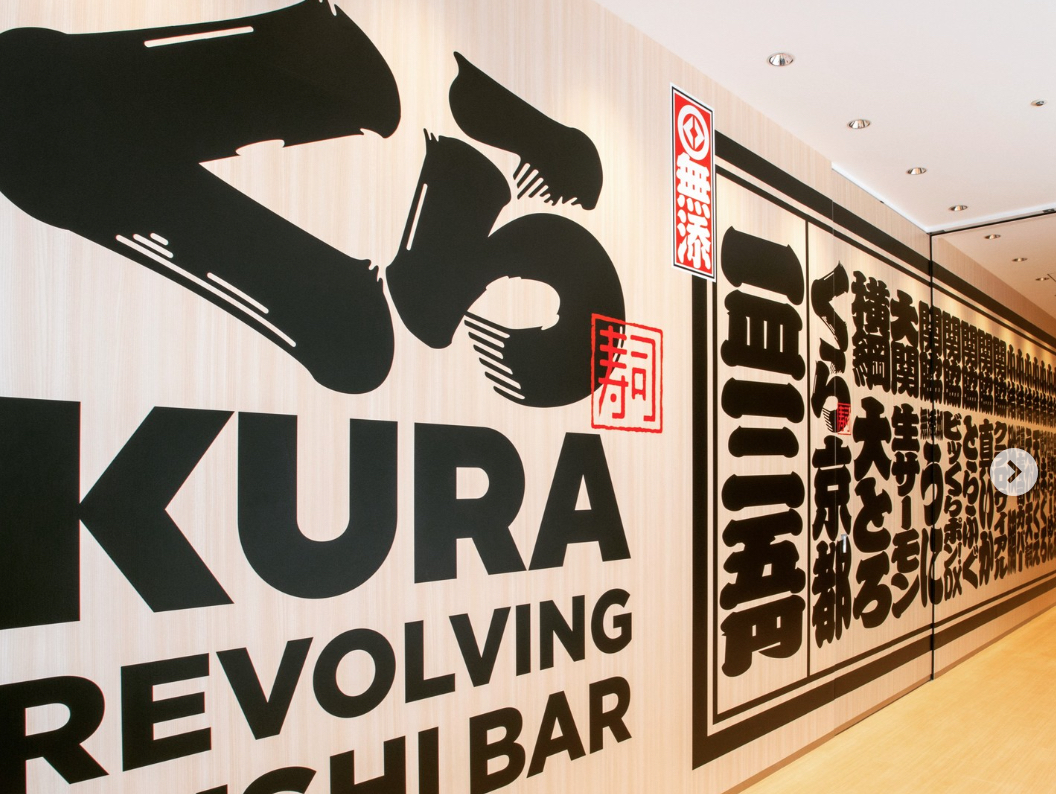
Kura Sushi Yokohama Nagatsuta Branch
Sushi restaurant in Kanagawa [SUSHILIVE comment] -


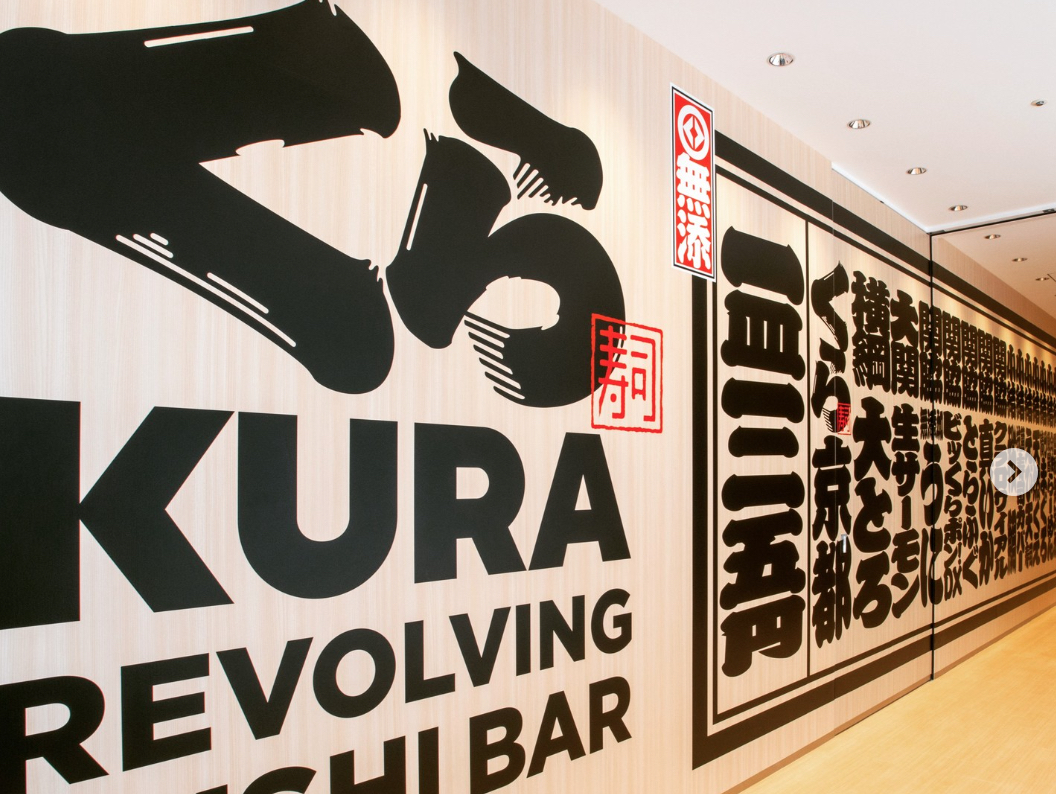
Kura Sushi Ebina Branch
Sushi restaurant in Kanagawa [SUSHILIVE comment] -


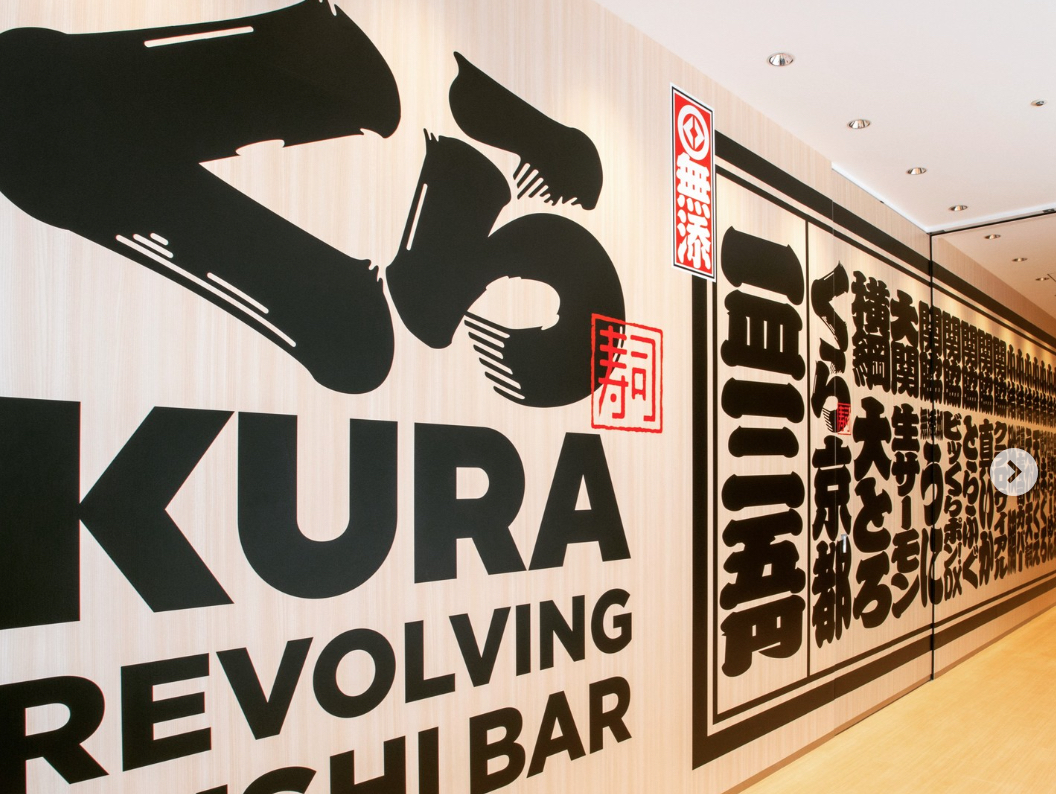
Kura Sushi Kamakura Store
Sushi restaurant in Kanagawa [SUSHILIVE comment] -


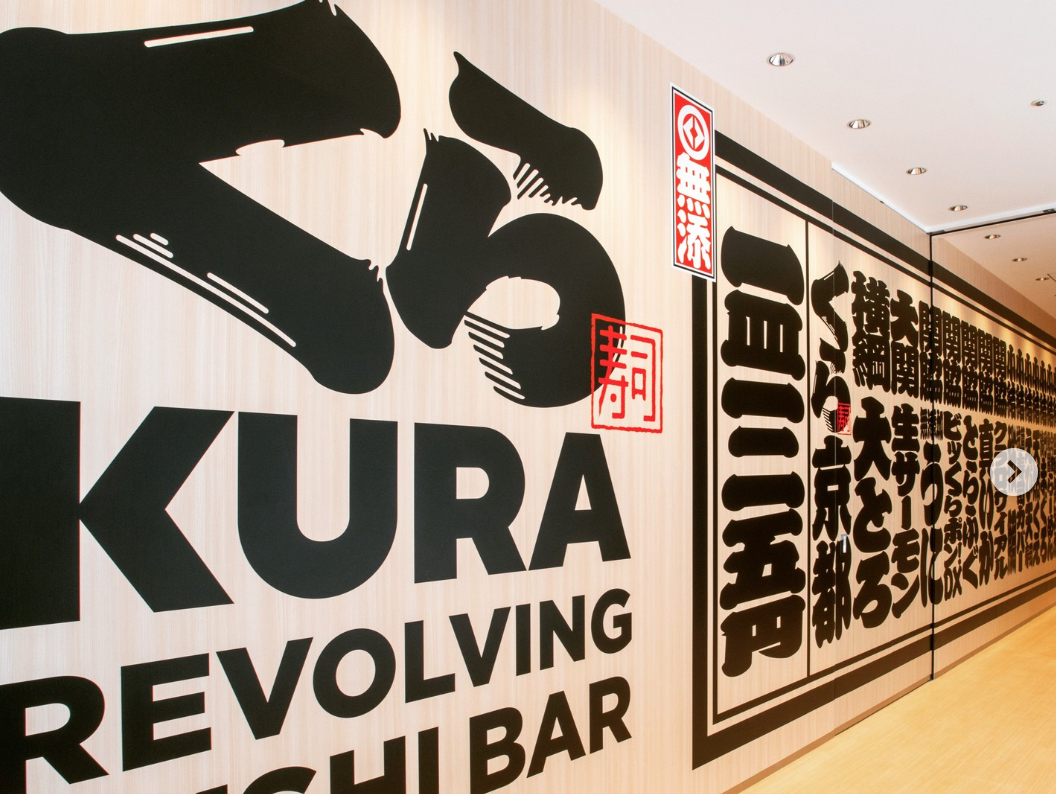
Kura Sushi Atsugi Branch
Sushi restaurant in Kanagawa [SUSHILIVE comment] -


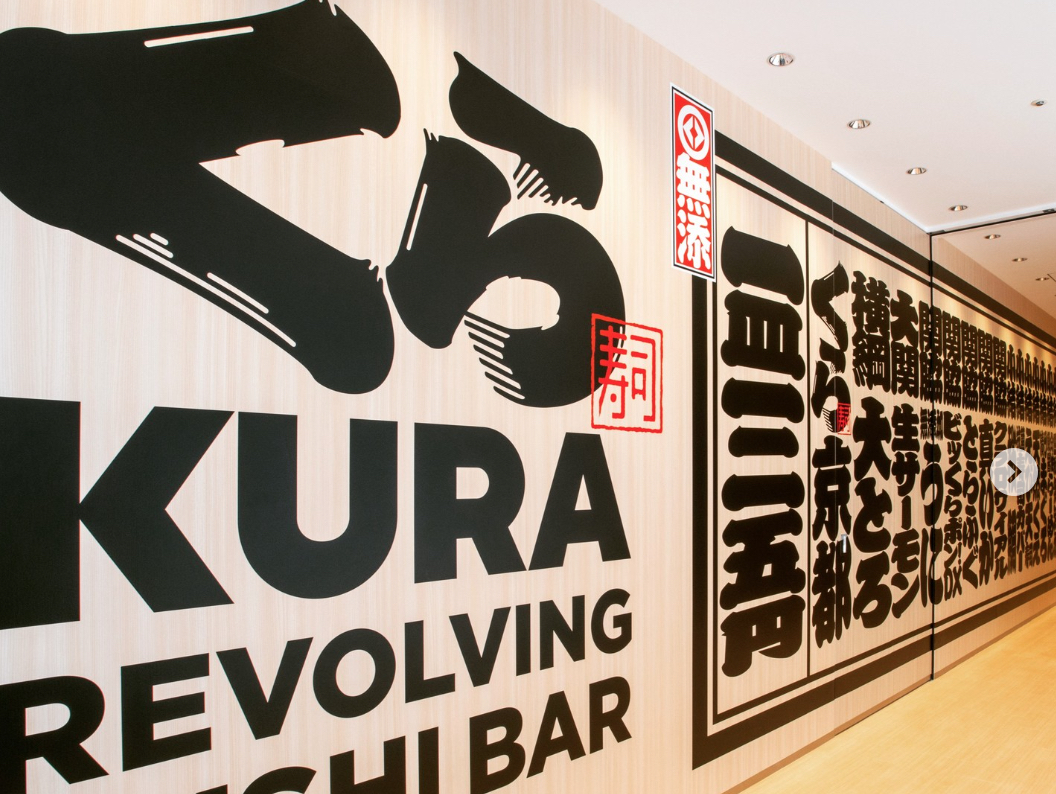
Kura Sushi Zama Store
Sushi restaurant in Kanagawa [SUSHILIVE comment] -


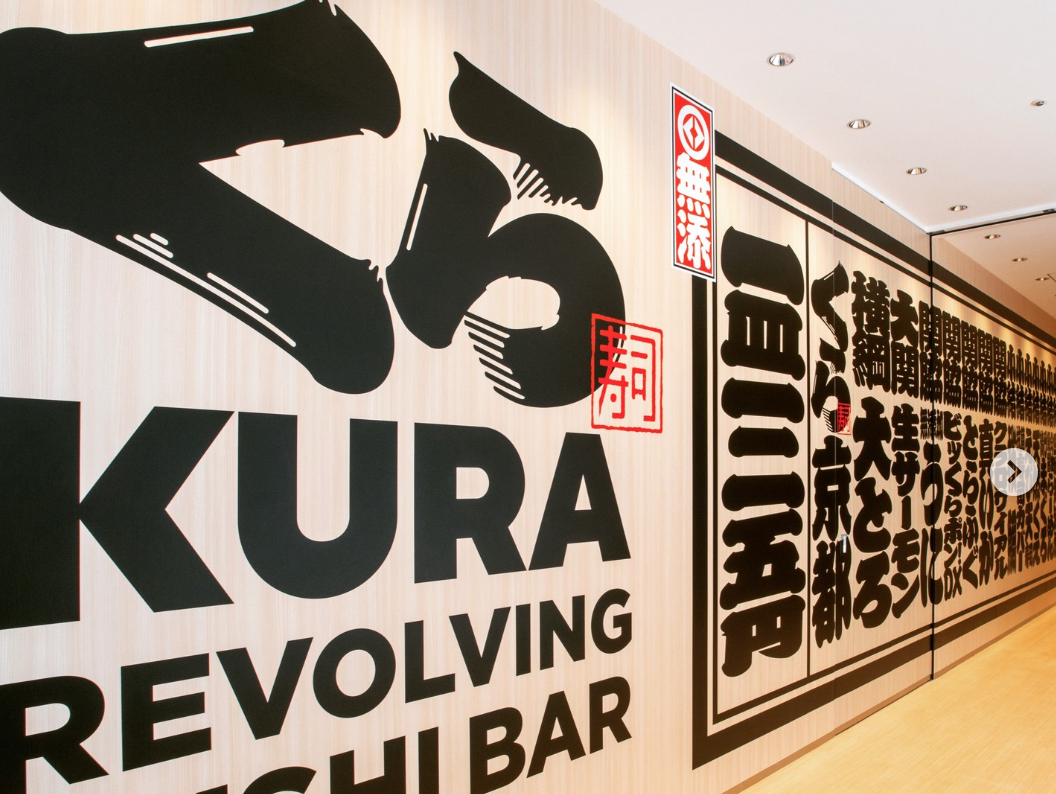
Kura Sushi Nitori Odawara Shimodai
Sushi restaurant in Kanagawa [SUSHILIVE comment] -


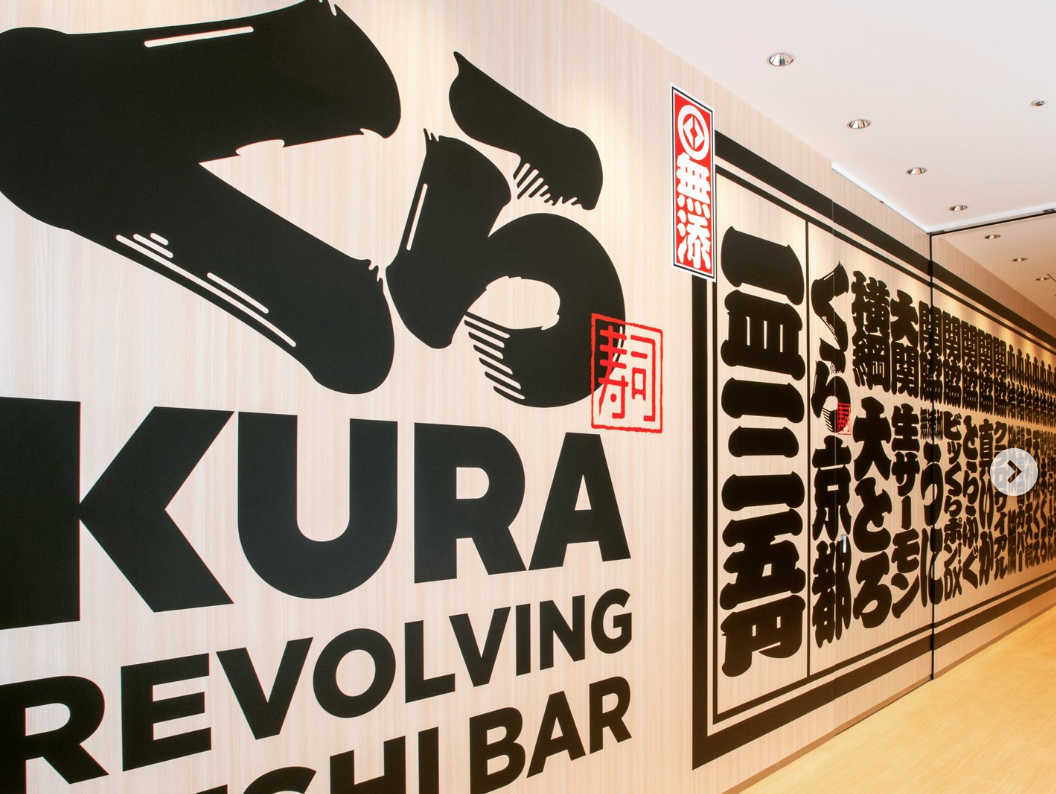
Kura Sushi Hadano Store
Sushi restaurant in Kanagawa [SUSHILIVE comment] -


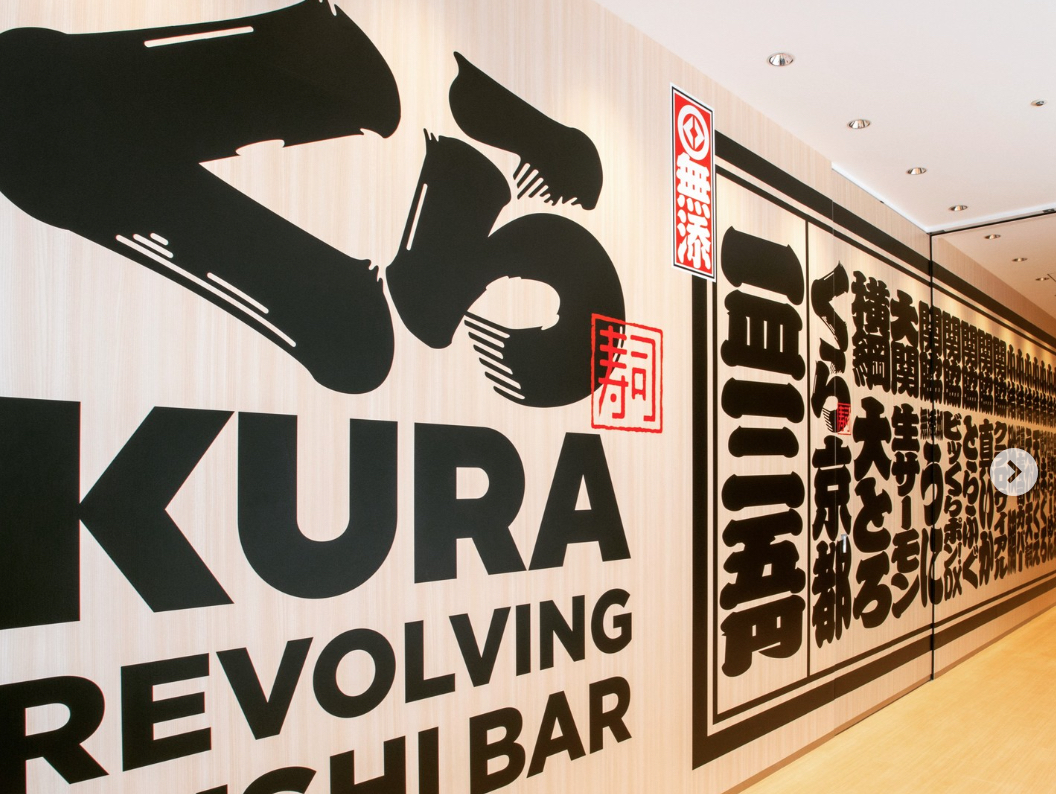
Kura Sushi Kawasaki Arima Store
Sushi restaurant in Kanagawa [SUSHILIVE comment] -


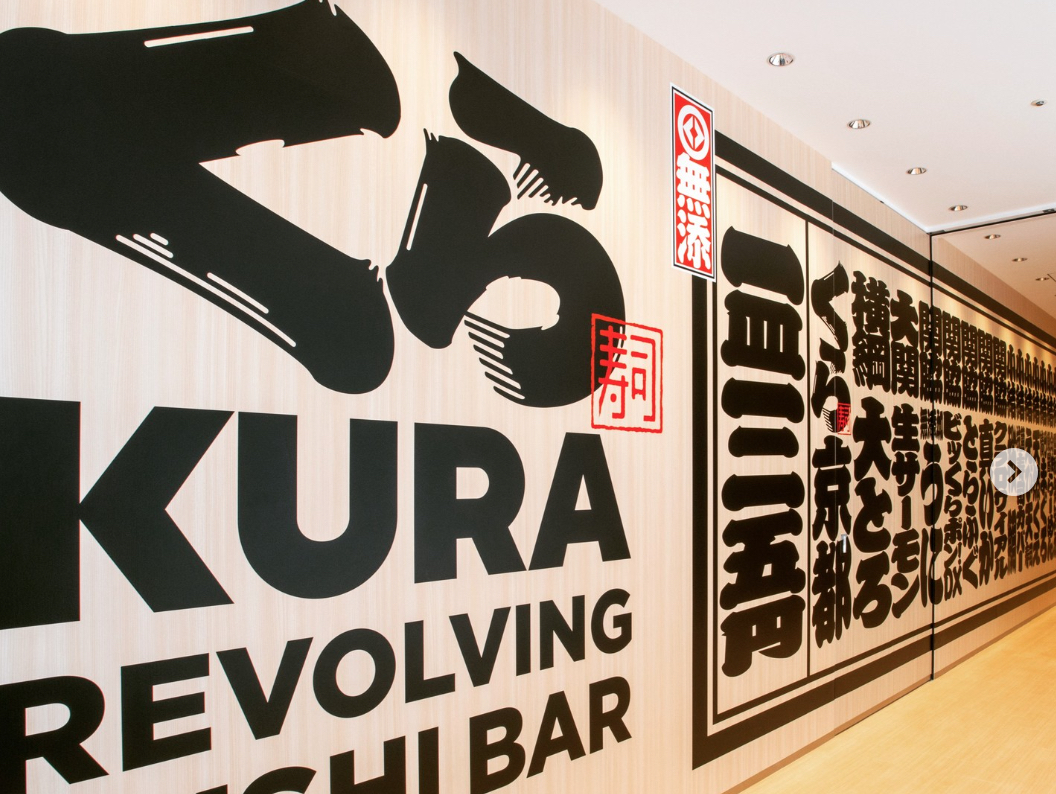
Kura Sushi Kawasaki Mizonokuchi
Sushi restaurant in Kanagawa [SUSHILIVE comment] -


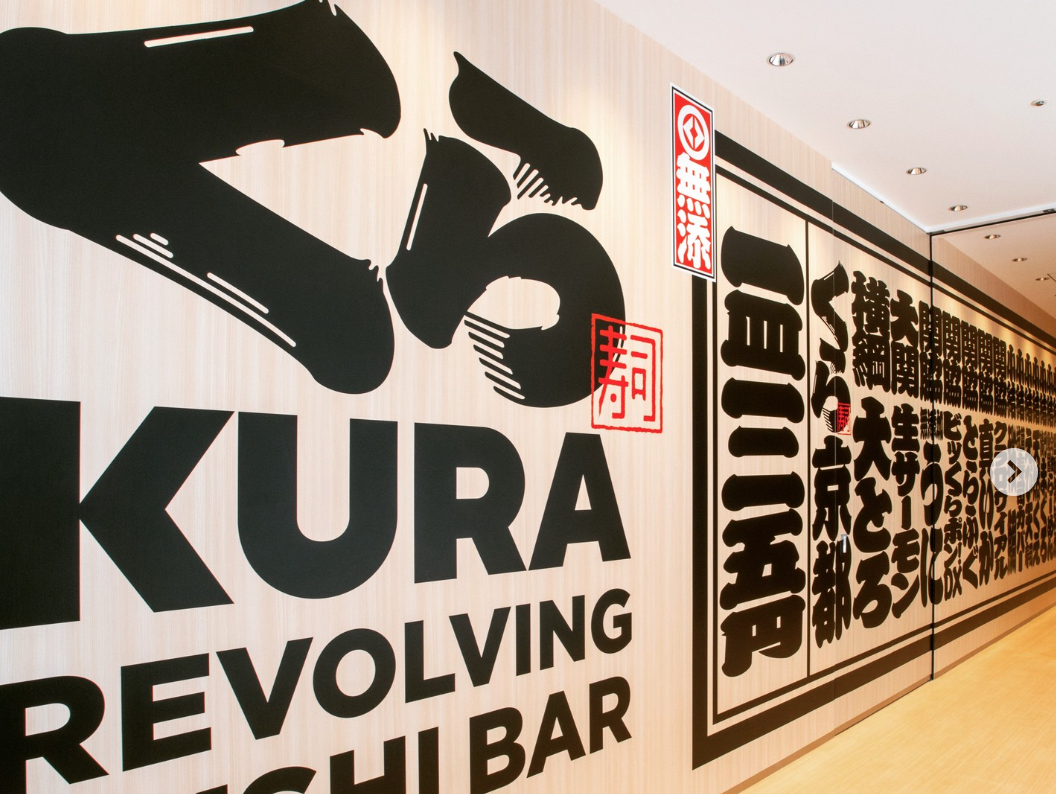
Kura Sushi Kawasaki Shukugawara
Sushi restaurant in Kanagawa [SUSHILIVE comment] -


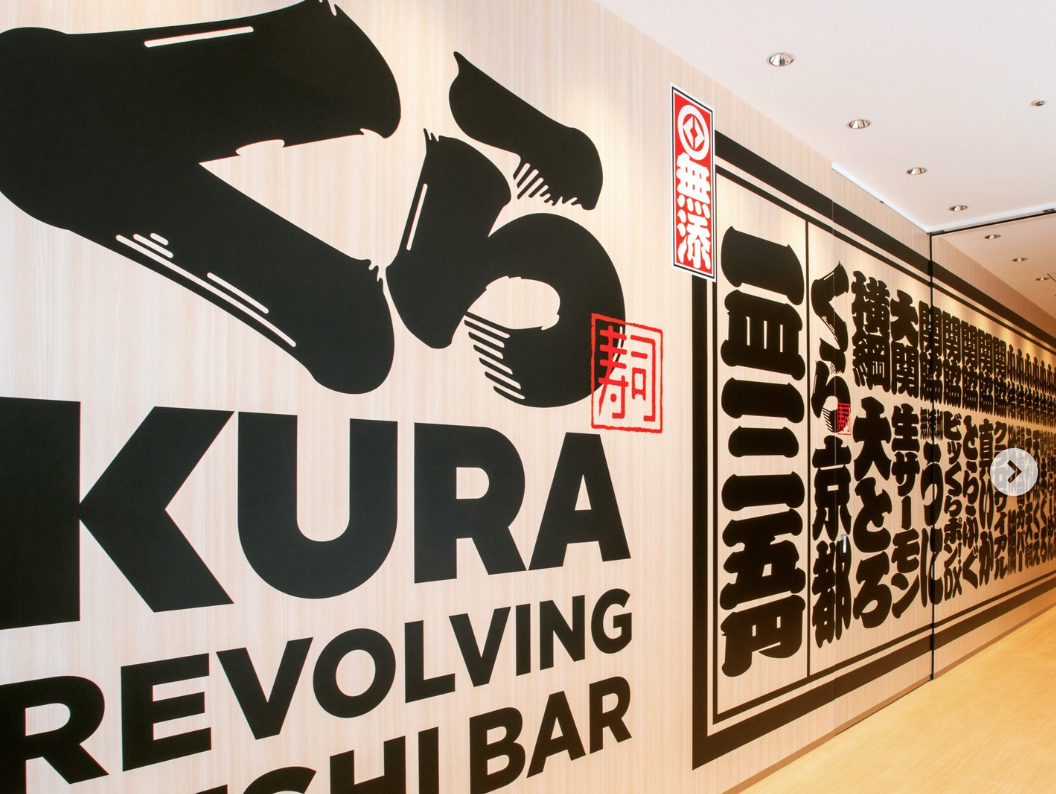
Kura Sushi Nitori Keio Wakabadai
Sushi restaurant in Kanagawa [SUSHILIVE comment] -


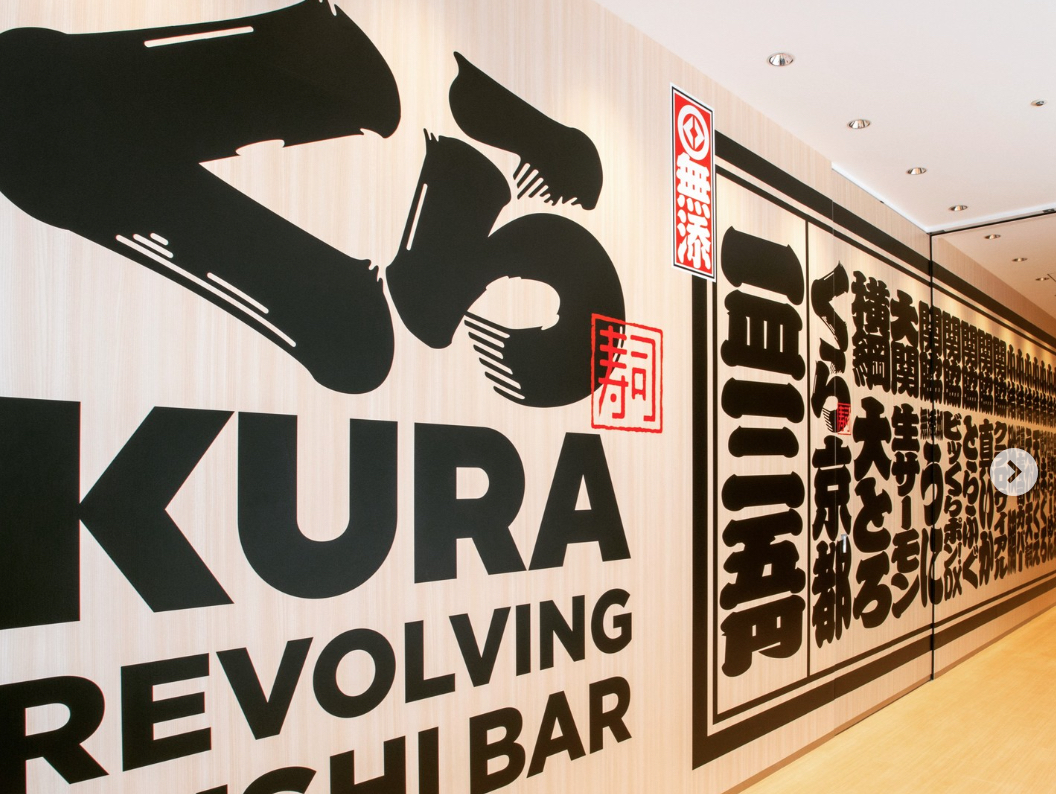
Kura Sushi Hashimoto Ekimae Branch
Sushi restaurant in Kanagawa [SUSHILIVE comment] -


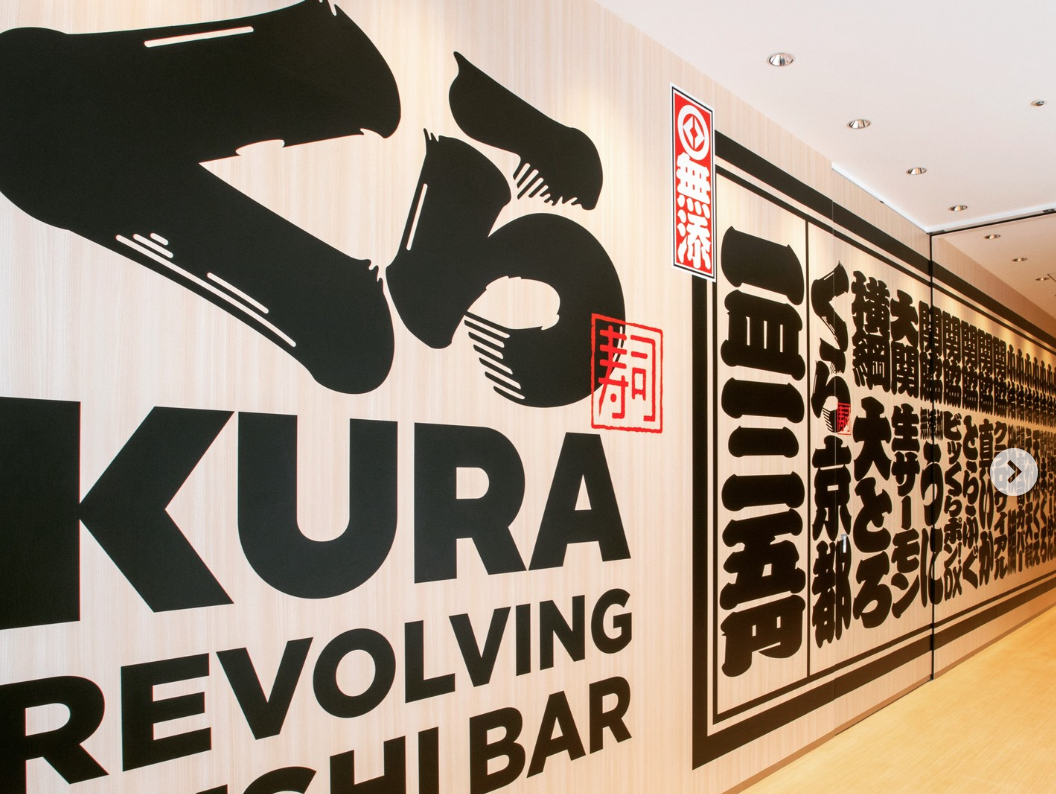
Kura Sushi Sagamihara Sunshine Terrace Store
Sushi restaurant in Kanagawa [SUSHILIVE comment] -


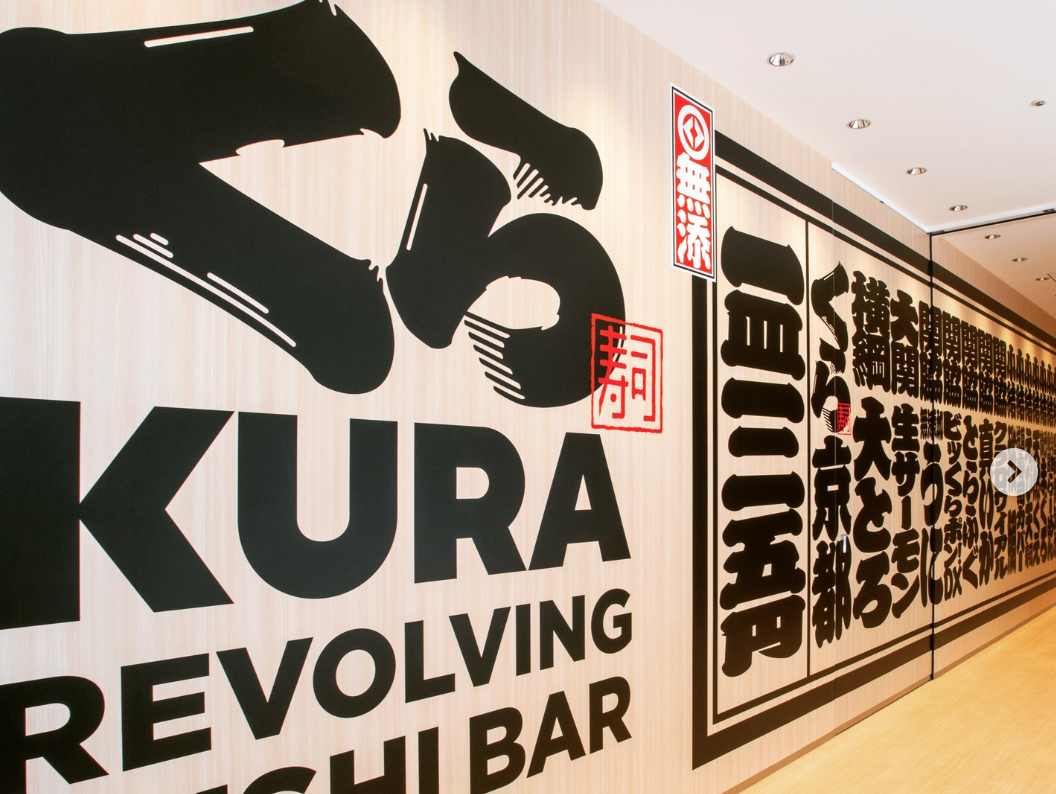
Kura Sushi Nitori Yamato Tsuruma
Sushi restaurant in Kanagawa [SUSHILIVE comment] -


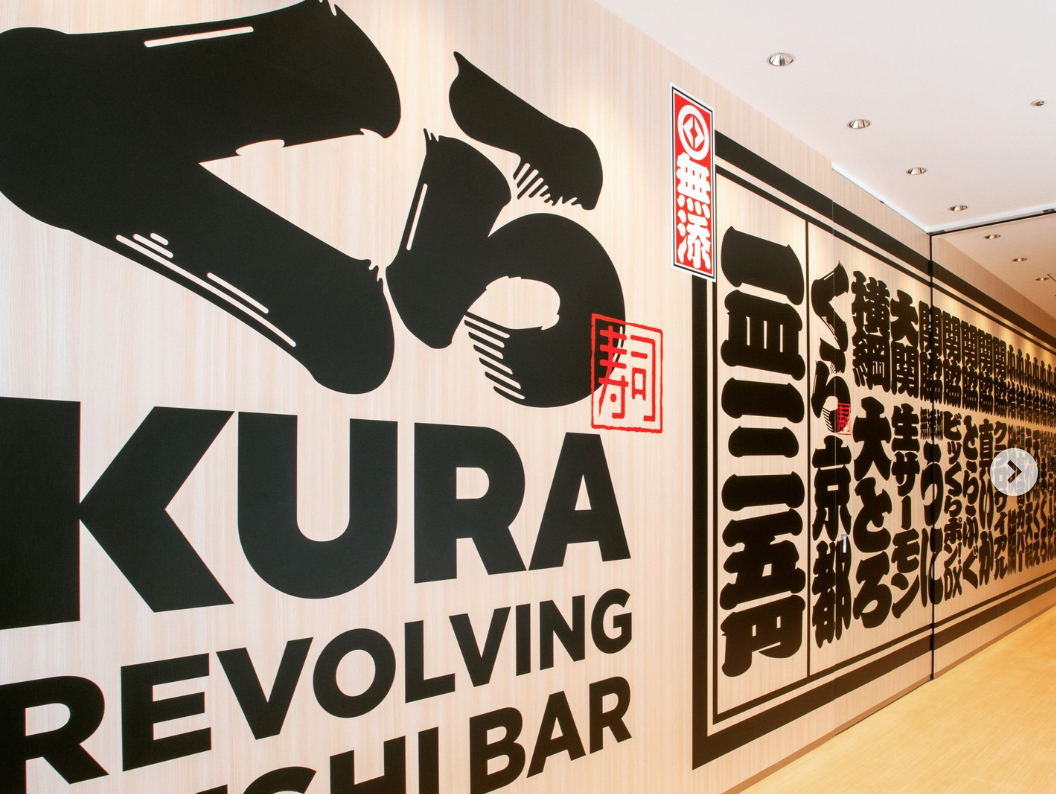
Kura Sushi Fujisawa Store
Sushi restaurant in Kanagawa [SUSHILIVE comment] -


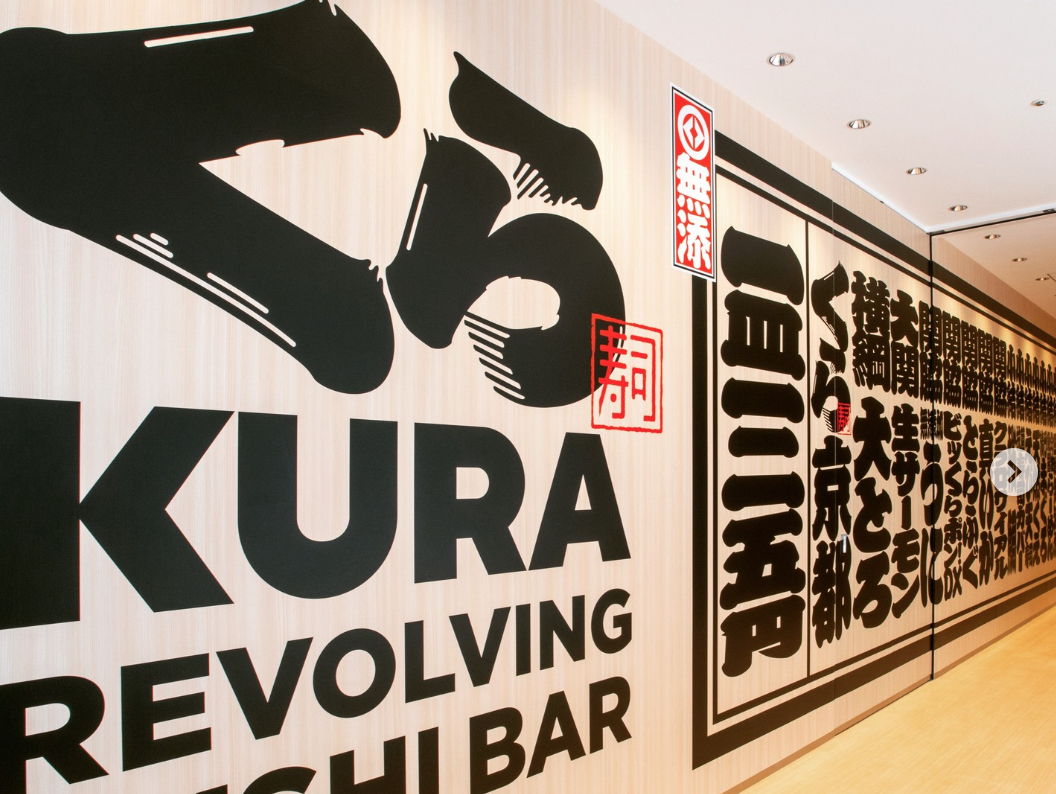
Kura Sushi Kawasaki Shimohirama
Sushi restaurant in Kanagawa [SUSHILIVE comment] -


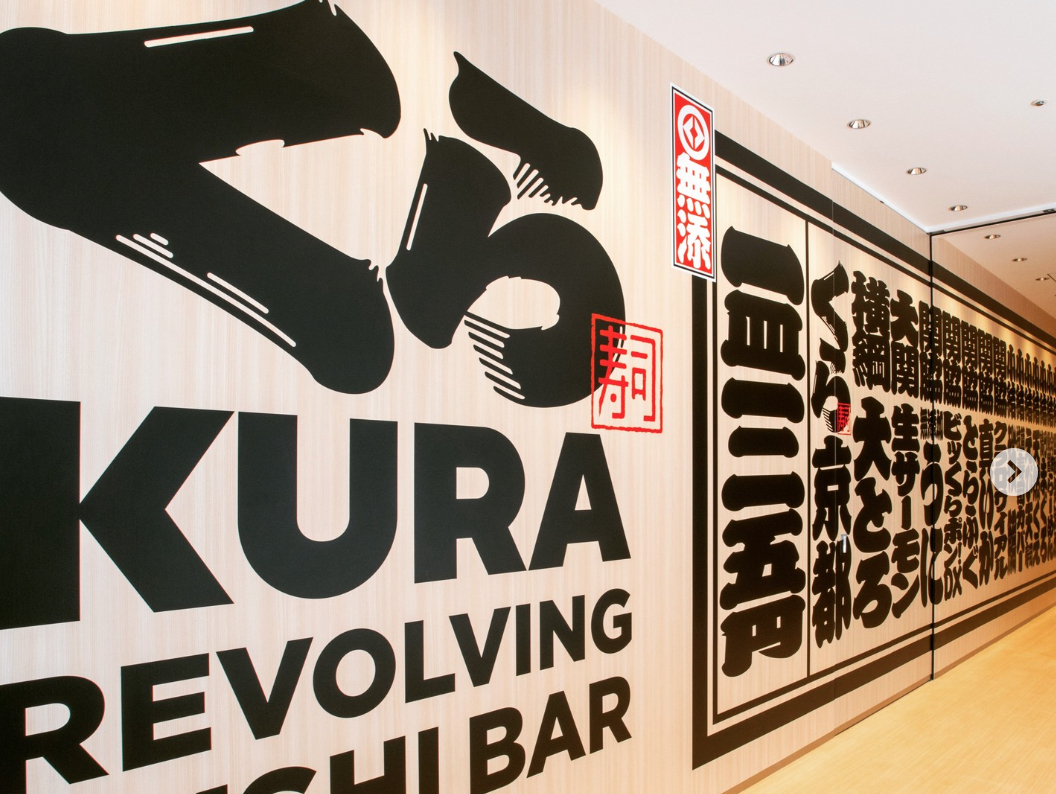
Kura Sushi Nitori Shonandai
Sushi restaurant in Kanagawa [SUSHILIVE comment] -


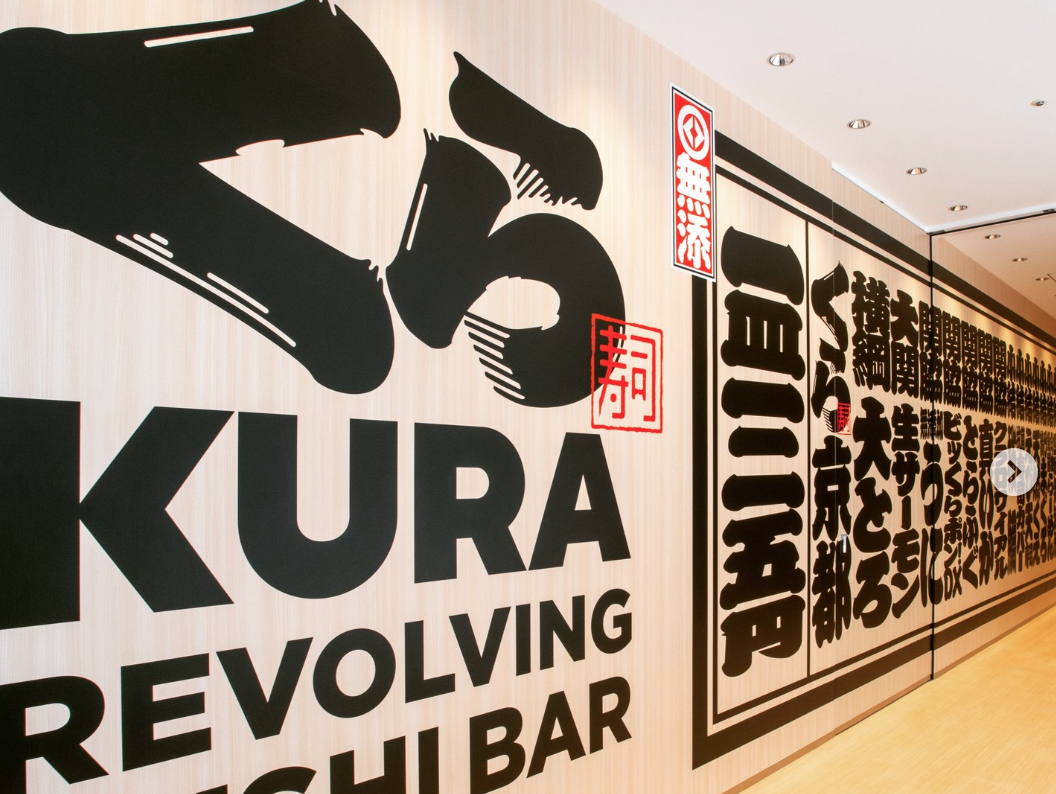
Kura Sushi Sagamihara Central Store
Sushi restaurant in Kanagawa [SUSHILIVE comment] -


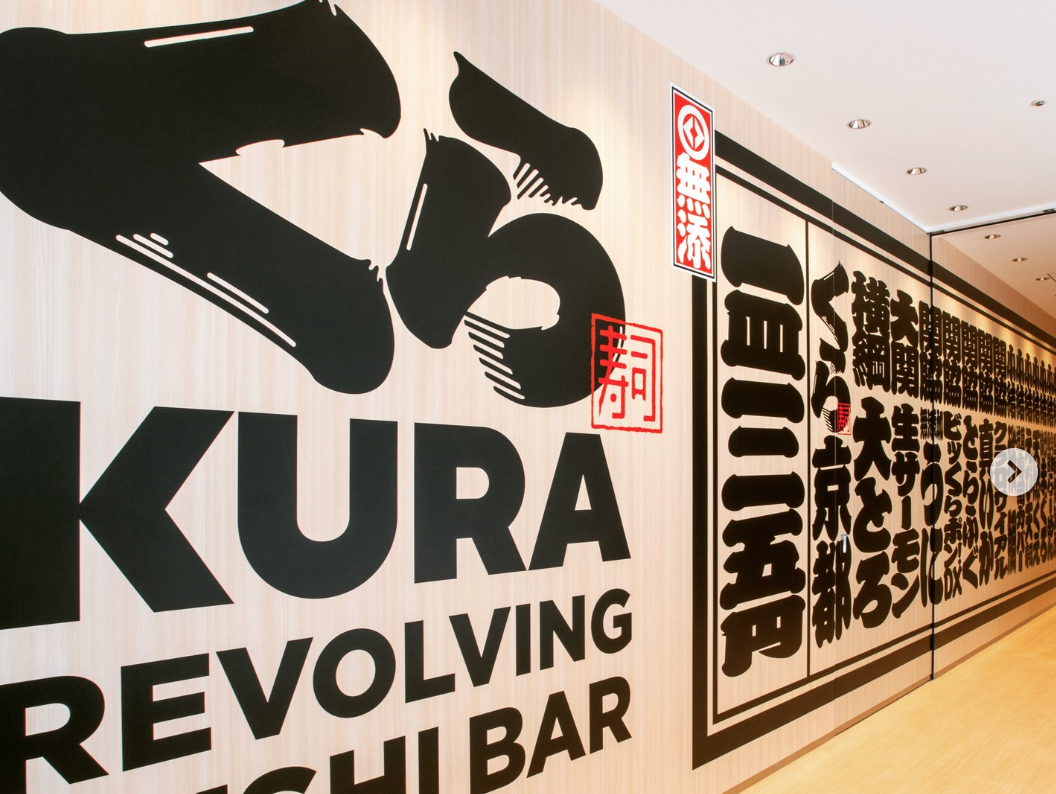
Kura Sushi Yokohama Seya Branch
Sushi restaurant in Kanagawa [SUSHILIVE comment] -


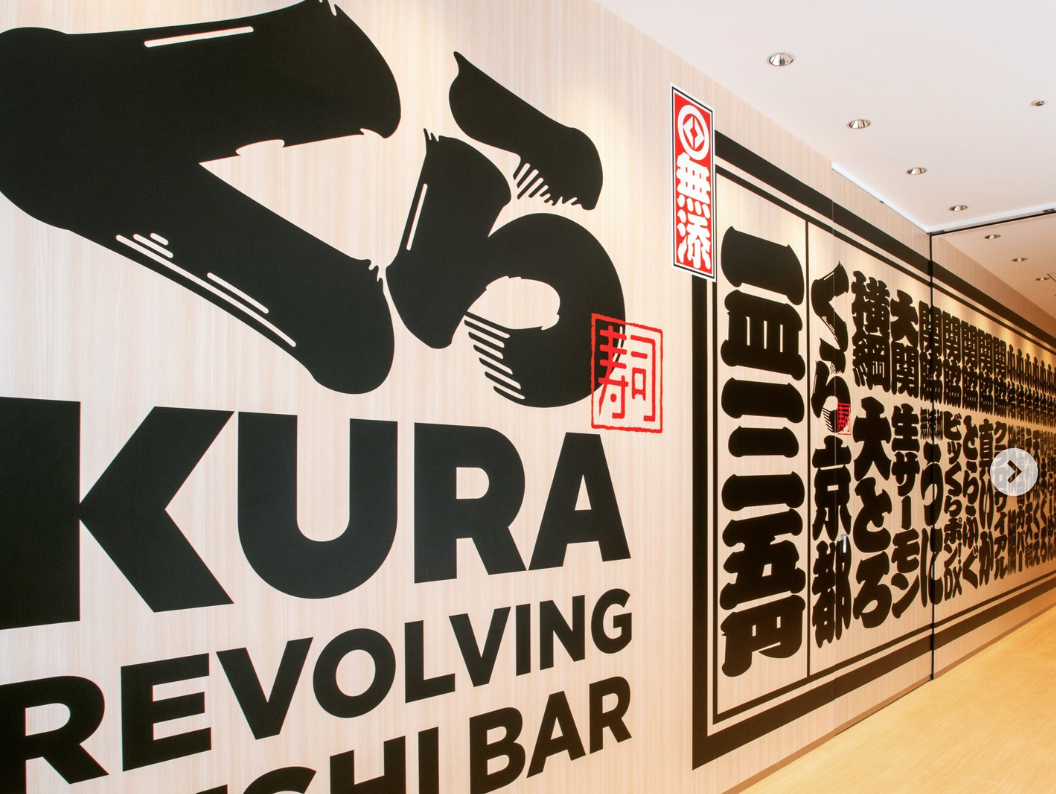
Kura Sushi Chigasaki Imajuku
Sushi restaurant in Kanagawa [SUSHILIVE comment] -


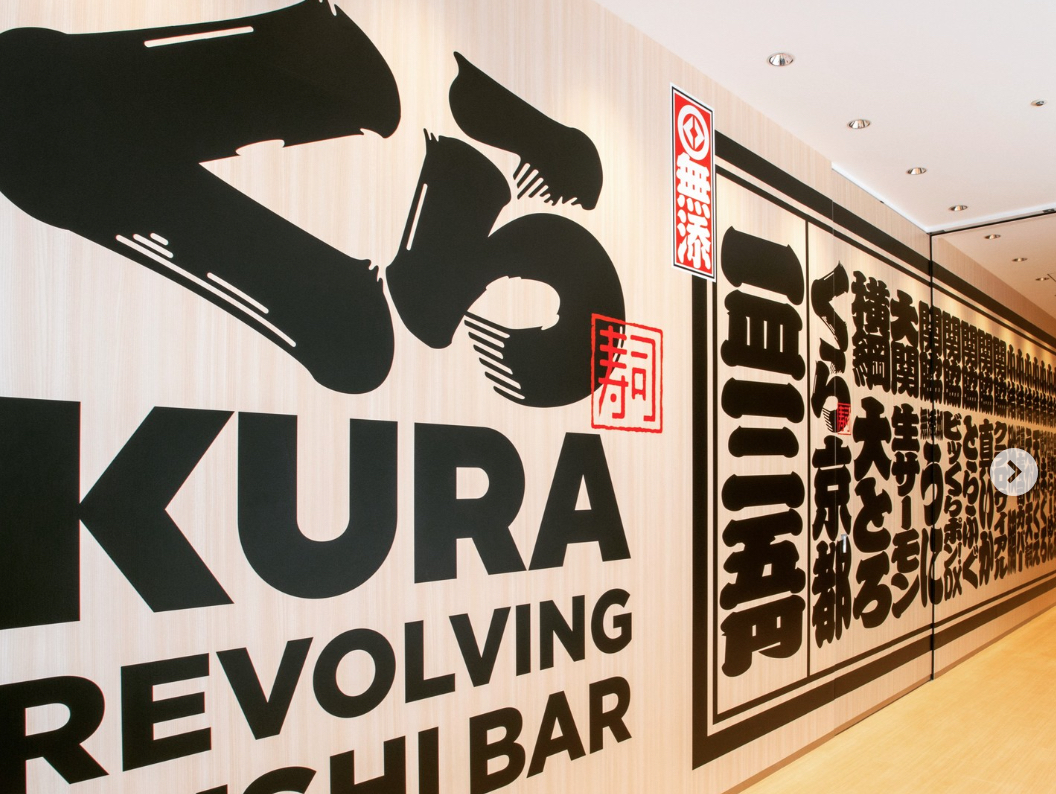
Kura Sushi Odawara Higashimachi Store
Sushi restaurant in Kanagawa [SUSHILIVE comment] -


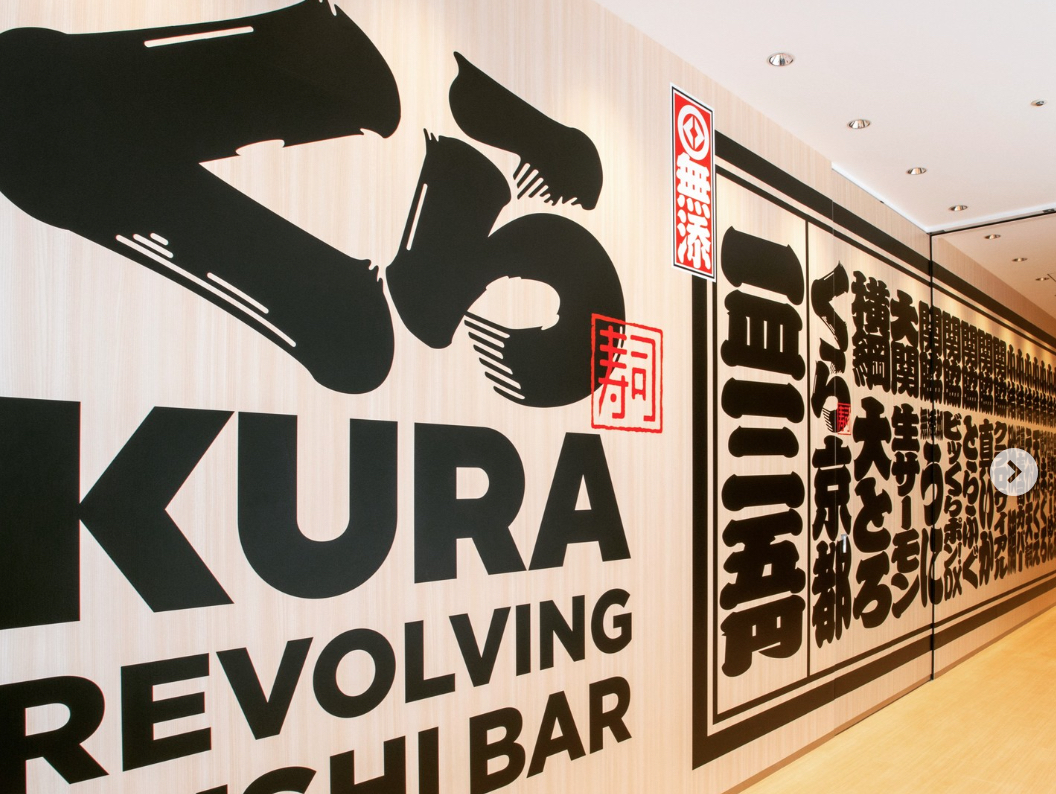
Kura Sushi Tsujido Store
Sushi restaurant in Kanagawa [SUSHILIVE comment]
Characteristics of Kanagawa’s Cuisine
Kanagawa: A Land Embraced by the Sea and Mountains, Overflowing with Charm
Kanagawa Prefecture, with a population of approximately 9.2 million, is located in the metropolitan area, bordered by Tokyo to the north, Tokyo Bay to the east, Sagami Bay to the south, and Yamanashi and Shizuoka Prefectures to the west. The prefecture is home to major cities such as Yokohama and Kawasaki, as well as natural tourist attractions like the Shonan area and Hakone. Historical towns such as Kamakura and the Miura Peninsula also remain preserved.
The climate of Kanagawa is warm and comfortable. Summers are hot, while winters are relatively mild, with relatively low precipitation throughout the year.
The industries in Kanagawa are centered around services, manufacturing, and commerce, with agriculture and fishing also being thriving sectors.
Kanagawa boasts excellent transportation links, providing easy access to Tokyo and other major cities.
Thus, Kanagawa is a prefecture full of charm, embraced by both sea and mountains, offering a conducive environment for living, working, and playing.
A History and Culture Nurtured by the Sea and Mountains
Despite its location in the metropolitan area, Kanagawa Prefecture is a region rich in nature, surrounded by the sea and mountains. Its warm climate and rich natural environment have supported the lives of people since ancient times.
The history of Kanagawa dates back to ancient times, with traces of human habitation from the Jomon period. The Yayoi period saw the flourishing of rice cultivation, and powerful clans dominated the region during the Kofun period.
In the Kamakura period, Minamoto no Yoritomo established a shogunate in Kamakura, making it a stronghold of the warrior government. Kamakura flourished as a center of politics, economy, and culture, with many temples and shrines being erected.
During the Edo period, Kanagawa played a crucial role as a post town on the Tokaido route and as a provider of seafood to Edo.
From the Meiji period onwards, Kanagawa embraced modernization, with Yokohama Port opening for international trade. Yokohama developed as an international trading port, welcoming Western culture.
Today, Kanagawa is a region where densely populated urban areas and rich natural mountainous areas coexist. It is a region alive with history and culture nurtured by both the sea and mountains, offering diverse attractions.
The Culinary Culture of Kanagawa: Weaved by the Blessings of the Sea and Mountains, History, and Culture
Kanagawa, surrounded by the sea and mountains, is a prefecture rich in nature. Its warm climate and rich natural environment are suitable for producing various agricultural and seafood products. The culinary culture of Kanagawa, weaved by the blessings of the sea and mountains, history, and culture, is beloved by many.
Delicacies such as “Shonan Shirasu” and “Miura vegetables” from fresh seafood caught off the Miura Peninsula, “Odawara citrus” and “Odawara plums” cultivated in Odawara, “Kinmedai” and “Aji” caught in Sagami Bay, and “Hakone Nishizoku Mishima vegetables” grown in Hakone, showcase the abundance of sea and mountain blessings.
Traditional culinary cultures include “Kamakura Ham,” “Chinese cuisine” from Yokohama Chinatown, and “Navy Curry” popular in Yokosuka.
In recent years, “Shonan Beer” and “Shonan Craft Gin” produced in the Shonan area, and “Yokohama Napolitan” and “Kiyoken’s Shumai” from the Yokohama area have emerged as new culinary cultures.
Thus, Kanagawa can be described as an attractive prefecture where one can enjoy a culinary culture woven by the blessings of the sea and mountains, along with history and culture.
The Sushi Culture of Kanagawa: A Blend of Shonan’s Bounty and Edo’s Elegance
Kanagawa Prefecture, with its diverse attractions such as the sea-facing Shonan area and the Edo-cultured Yokohama area, also boasts a unique sushi culture by region.
In the Shonan area, “Shonan Sushi” made with fresh seafood such as Shirasu, Aji, and Iwashi caught locally is particularly exquisite.
In the Yokohama area, many sushi restaurants inherit the tradition of Edomae sushi, which is known for its exquisite balance of vinegared rice and toppings.
Kanagawa hosts a variety of sushi restaurants, from long-established ones to those offering modern twists on sushi. Additionally, many conveyor belt sushi restaurants allow for casual enjoyment of sushi.
Thus, Kanagawa can be described as an attractive region where one can enjoy sushi culture that blends the bounty of Shonan and the elegance of Edo.
The Flavors Woven by the Sea and Mountains, History, and Culture
Kanagawa, surrounded by the sea and mountains, is a prefecture rich in nature. Its warm climate and rich natural environment are suitable for producing various agricultural and seafood products. The specialty products of Kanagawa, woven by the blessings of the sea and mountains, history, and culture, are beloved by many.
Delicacies such as “Shonan Shirasu” and “Miura vegetables” from fresh seafood caught off the Miura Peninsula, “Odawara citrus” and “Odawara plums” cultivated in Odawara, “Kinmedai” and “Aji” caught in Sagami Bay, and “Hakone Nishizoku Mishima vegetables” grown in Hakone, showcase the abundance of sea and mountain blessings.
Traditional specialty products include “Kamakura-bori” carvings, “Odawara cast metalwork,” and “Yokosuka Navy Curry.”
In recent years, “Shonan Beer” and “Shonan Craft Gin” produced in the Shonan area, and “Yokohama Napolitan” and “Kiyoken’s Shumai” from the Yokohama area have emerged as new specialty products.
Thus, Kanagawa can be described as an attractive prefecture where one can enjoy flavors woven by the blessings of the sea and mountains, along with history and culture.

